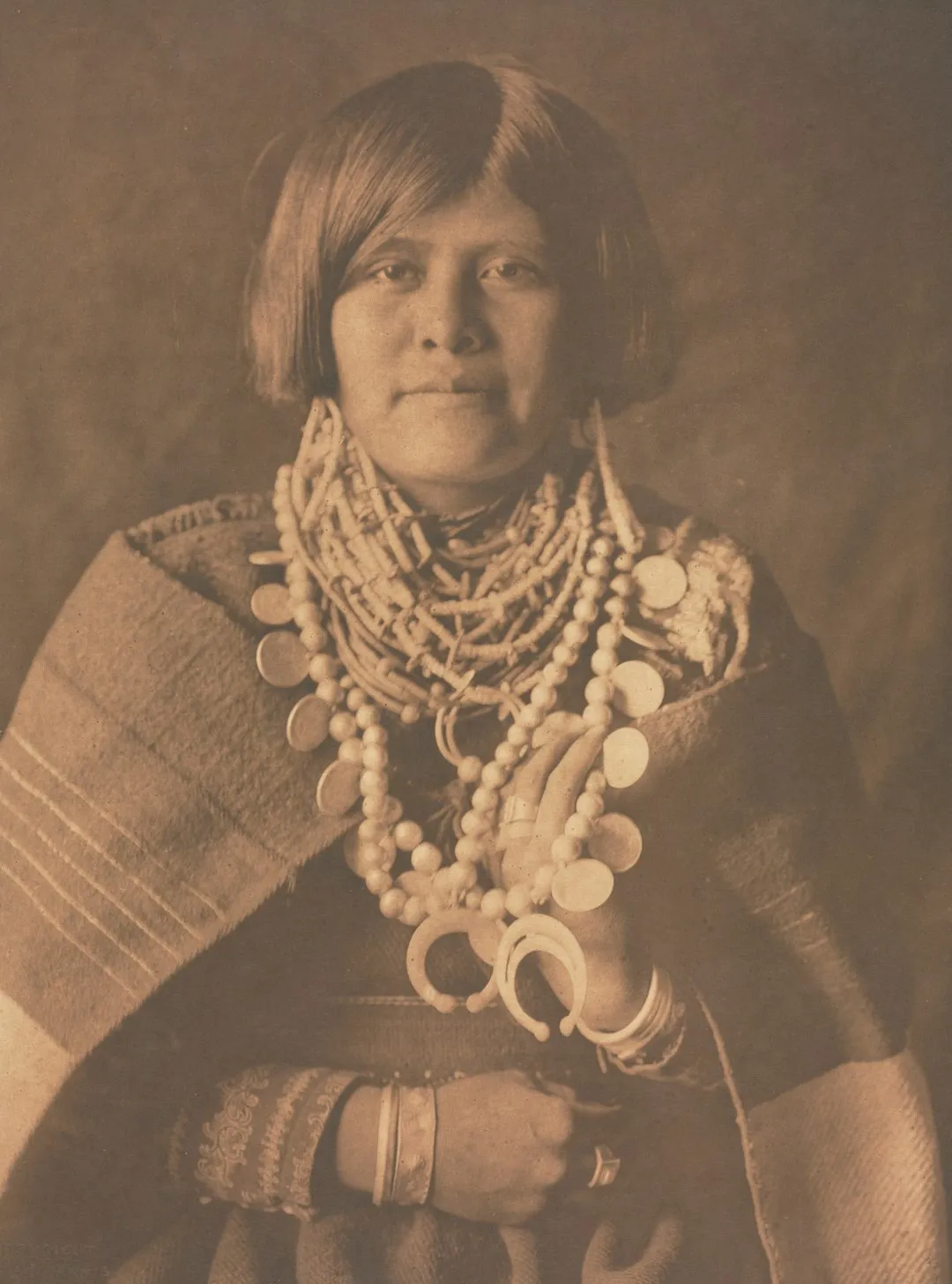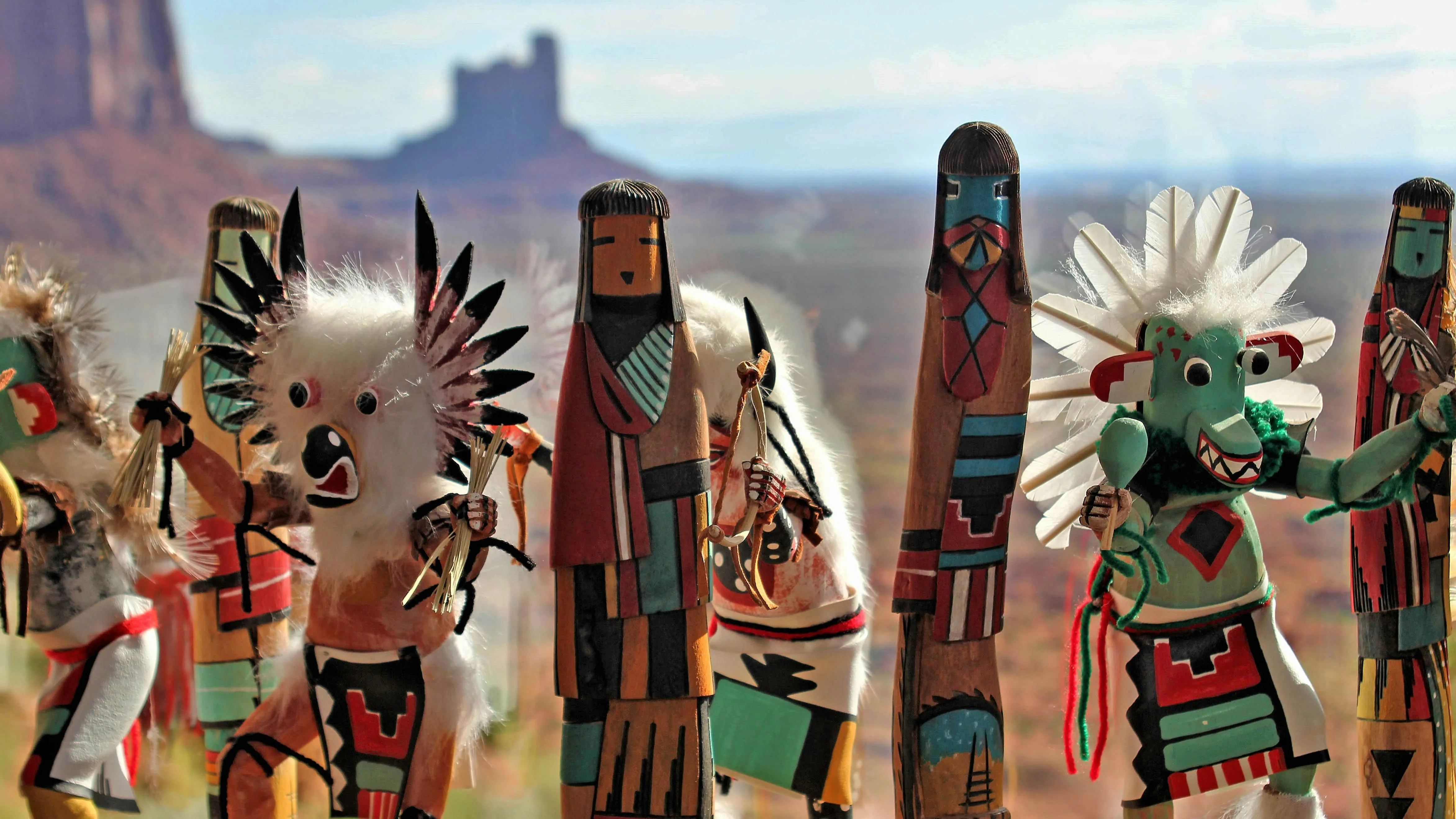Exploring the History of American Indian Jewelry: Heritage, Artistry & Meaning

American Indian jewelry is far more than adornment it's a deeply rooted expression of identity, craftsmanship, and cultural memory. From carved bone pendants and hand-polished shells to iconic turquoise and sterling silver designs, Indigenous jewelry tells stories that span centuries and generations.
At Quantum Qarat, we’re proud to be a native run jeweler and are eager to help educate and connect jewelry lovers with traditions that have shaped the Southwest and continue to inspire collectors, designers, and wearers across the globe.
Ancient Origins: Shell, Stone & Spirit
Long before contact with European settlers, Indigenous communities across North America were crafting jewelry from locally sourced natural materials like bone, shell, jet, and turquoise. These early designs weren’t simply decorative they served ceremonial and social roles, often denoting status, spiritual meaning, or clan affiliation.
Among the most enduring materials was turquoise, especially stones mined from areas in present-day Arizona and New Mexico. Tribes such as the Ancestral Puebloans, Hohokam, and Havasupai used turquoise in amulets and talismans, foreshadowing what would become a signature element of Native Southwestern jewelry.
The Zuni people, in particular, became known for their intricate stone inlay techniques, combining turquoise with coral, shell, and jet - a tradition that continues to thrive today (Museum of Indian Arts & Culture).
The Rise of Navajo Silversmithing
In the late 19th century, Navajo artisans began working with silver, initially through knowledge passed on from Mexican metalsmiths. This marked a turning point in Indigenous jewelry: the introduction of a malleable, durable metal allowed for larger, more complex forms-like cuffs, conchas, and the now-iconic squash blossom necklace featuring the Naja crescent pendant.
By the early 20th century, Navajo, Zuni, and Hopi jewelers had each developed distinctive silver styles, integrating hand-stamped symbols, repoussé, and bezel-set stones. These techniques remain foundational to many Native jewelers working today (Metropolitan Museum of Art).
Symbols & Motifs: Jewelry as Storytelling
Indigenous jewelry often carries rich symbolism tied to nature, spirituality, and protection. Among the most recognizable motifs:
- Feathers and arrows: guidance, power, protection
- Animals: totems of spiritual identity-bear, eagle, turtle, snake
- Water and lightning patterns: life force, renewal
- Naja (crescent): a symbol of life and feminine strength, now central to many squash blossom designs
These motifs are not decorative choices alone, they’re part of a worldview, passed through generations via wearable art.

From Trade to Modernization: Jewelry Across Time
By the early 1900s, a growing tourist trade and influx of materials-especially through railroad expansion-helped propel Native jewelry into broader markets. While this brought economic opportunity, it also introduced challenges, including misrepresentation and mass reproduction.
Yet through adaptation and resilience, Indigenous artists continued evolving their craft blending traditional methods with modern aesthetics, new tools, and cross-tribal influences.
A Contemporary Renaissance
Today, Indigenous jewelers are leading a powerful creative resurgence. Artists like Nora Naranjo-Morse, Patricia Michaels, and Kenneth Johnson fuse traditional symbolism with bold design language ranging from minimalism to conceptual art.
Techniques like hand-stamping, overlay, and tufa casting are used alongside contemporary forms, creating jewelry that’s unmistakably Native and unmistakably current. Exhibitions at institutions like the National Museum of the American Indian are helping to elevate and protect this evolving tradition (NMAI).
How to Collect Native American Jewelry Responsibly
Authentic Native jewelry is collectible, valuable, and culturally significant. Whether you’re seeking antique pieces or contemporary works, here are key tips for ethical collecting:
- Purchase directly from Native artists or certified Native-owned businesses
- Look for hallmarks and provenance-many artists stamp initials, tribal affiliation, or unique symbols
- Verify stone sources (e.g., Sleeping Beauty turquoise vs. dyed imitation)
- Be wary of mass-produced "Native-inspired" jewelry sold without artist attribution (Arizona Indian Arts & Culture Resource)
Want help identifying authentic tribal work? Contact us at Quantum Qarat for ethical sourcing and stylistic insight.
Why It Still Matters
American Indian jewelry continues to thrive not as nostalgia, but as living culture, infused with meaning, shaped by resilience, and carried with pride. For collectors and wearers alike, these pieces offer more than aesthetic value: they hold stories, relationships, and memory.
At Quantum Qarat, we honor these traditions by partnering with local Indigenous artists and offering custom jewelry inspired by Native motifs crafted with respect, transparency, and care.
Ready to Explore More?
We offer:
- Custom Native-inspired jewelry commissions, handcrafted with ethically sourced turquoise and silver
- Consultation from our Native Master Jeweler, for both collectors and first-time buyers
- Learn more about native jewelers in our blog: Native Jewelers: Why They’re So Rare-And So Important
- Learn more about native Braceletes in our blog: Native American Bracelets: Turquoise and Silver Artistry
Book a consultation or visit us in Scottsdale to start your journey into meaningful, story-rich jewelry that connects heritage with modern design.
